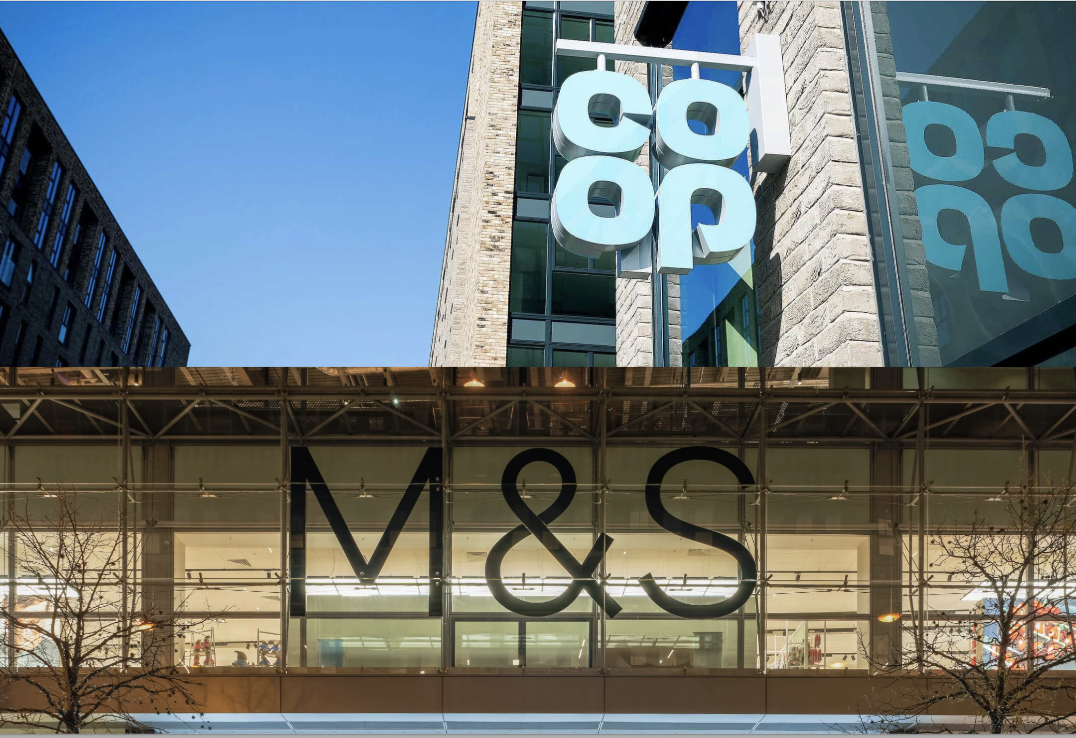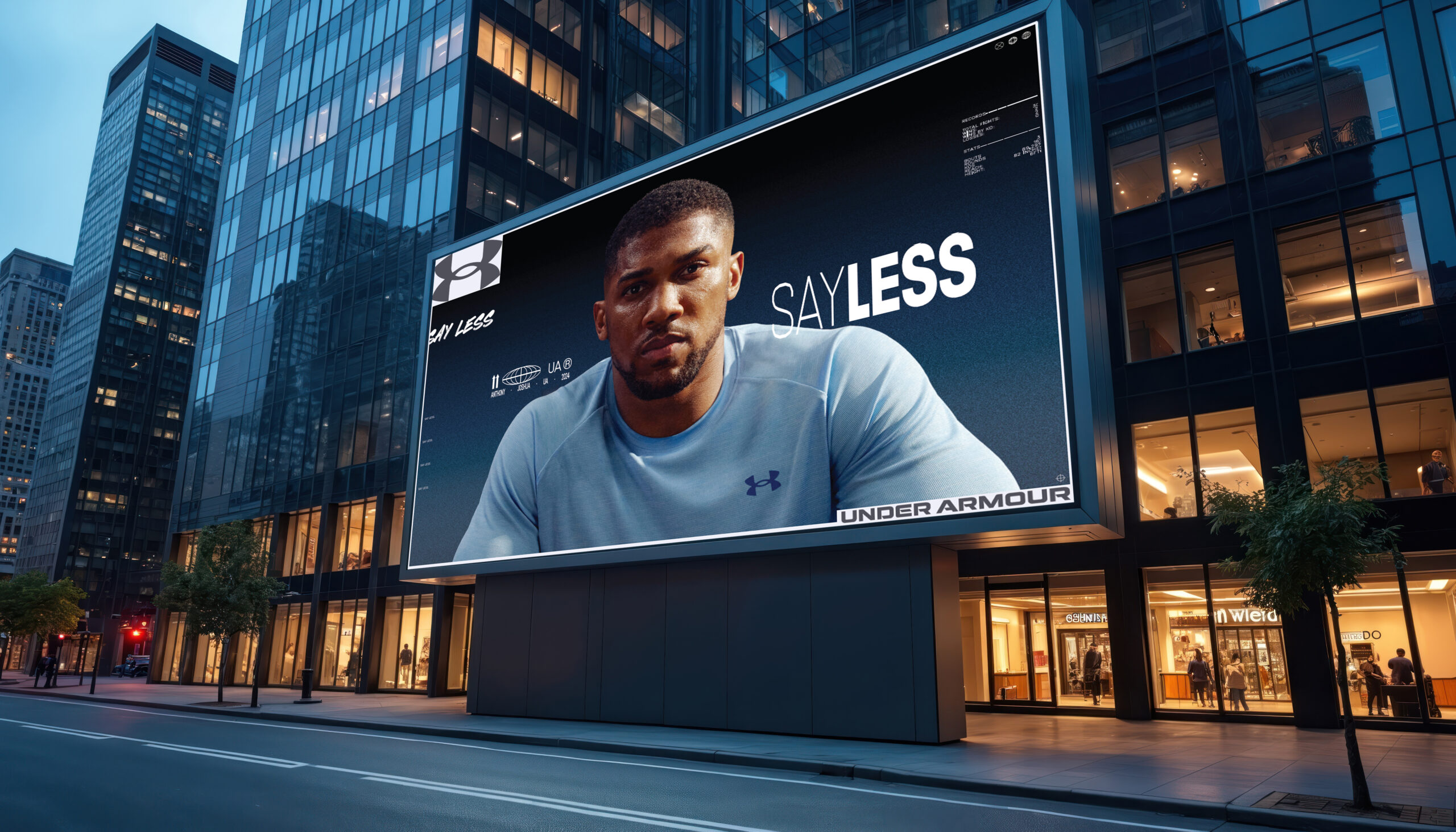7. Offer a service
Providing something that is essential to customers so that they keep coming back can be a winning formula. That’s easy for those with unique products or distinctive style, less so when competitors with the same assortment are only a click away. Interflora has myReminders, a free service that allows customers to register vital dates – birthdays and special occasions – and receive an appropriate text message
or email reminding them and suggesting suitable gifts.
Currys has Knowhow, a range of after-sales services to install, set up or repair products. Prices range from £20 to demo and set up a new camera, to £70 for access 24/7 to a support helpline to sort out technology problems. Ikea’s services range from assembling flatpack furniture to planning a kitchen. As at Currys, these services come with a price tag. Such services are not for everyone, but for some shoppers a one-to-one session on using a new iPad or someone else to assemble that flatpack would be considered money well spent – and a service that reinforces brand trust.
8. Keep shoppers interested
Providing the vital information that shoppers need can put a site top of the favourites list.
For some retailers, that means a magazine format or weekly updated style notes. For others, it is recipes or DIY tips. Harrods allows shoppers to read its glossy print magazine online; several retailers – including Debenhams, and jewellers H Samuel and Ernest Jones – offer assorted buying guides on anything from bed linen to gemstones. B&Q provides numerous project plans, how-to videos, and home improvement ideas.
Many fashion sites – including H&M, Joules and Topshop – have regularly updated styling tips and videos mixed with celebrity interviews or fashion news, while Dr Martens prefers a regular blog. The availability of these information sources is not always readily apparent. Some highlight the topics in pull-down menus while others hide the list away at the bottom of the home page or on a customer service menu – which is probably not the ideal place to engage customers.
9. Make channel hopping easy
With customers now regularly shopping across multiple channels, delivering a fully integrated, seamless experience is vital. There are few things more likely to create brand disengagement than to find store staff totally unaware of click-and-collect orders or website promotions. Today, store staff need the same digital capabilities as customers, and Boots does this with its tablet-based SalesAssistant app, which allows store staff to search the website with a customer and order any item not stocked in that branch for next-day delivery.
“Increasingly our customers are armed with the very best of technology,” Robin Phillips, multichannel director at Boots UK, has said, “and we need to enable our colleagues in-store to greet them on similar terms, with similar capabilities. What we’re trying to do through initiatives like this app is make the whole of the Boots range – and the widest expression of it is on the website – available at every store, no matter how small that store is. It’s about making big corporate Boots feel more like myBoots.”
10. Think lifestyle
While many mobile apps concentrate on retail issues – giving store locations or product information – Nike prefers to focus on its mission to “bring inspiration and innovation to every athlete in the world”. Its Nike+Training Club app delivers more than 100 workouts and training routines matched to personal capabilities, a digital ‘personal trainer’ to push users to improve, and networking functionality to allow them to swap performance data with friends.
There is also a Nike running app, which tracks route, distance, pace and time for every run, providing a performance record which can also be shared between friends. It’s a good example of customer-centricity that also helps brand image.
11. Think marketplace
Offering lines from competing retailers may run counter to marketing instincts, but adding a marketplace to a site for third-party offers, or for customers to sell used items directly, can increase site visits, stickiness and popularity. Amazon launched its marketplace in 2000 and its third-party sellers now account for 44% of all Amazon sales worldwide.
Where Amazon led, others soon followed: notonthehighstreet.com launched in 2006 while Asos added its marketplace in 2010. Asos now has 900 ‘boutiques’, most paying £20 ‘rent’ a month, to show garments on the site. Newcomers are encouraged via #beyourownboss to start selling their own designs or vintage clothing collections with the first three months rent-free. Over at the Game marketplace, gamers and third-party suppliers can also sell new and pre-owned products direct to Game’s customers.
12. Turn customers into consultants
Turning customers into ‘brand evangelists’ is on many marketing agendas. At The Body Shop, the company does this by recruiting customers as consultants who will sell its products on a party plan system under its
Body Shop at Home scheme, launched back
in 1994. Today, there are more than 4,000 active consultants all earning 25-30% on product sales and organising more than 650 parties each week.
Typically each consultant will hold four ‘pamper parties’ each month earning up to £150 in commission every time. One, Mandy Philpott, who reputedly earns £110,000 a year selling Body Shop products, told the Daily Mail last year, “Anyone can do it, you just have to love the product and love talking to people.”






